Bird call classifiers for FOK Wald I
Decision table for identifying calls
| Bird | Description | Audio |
| einfach rhythmisch | ||
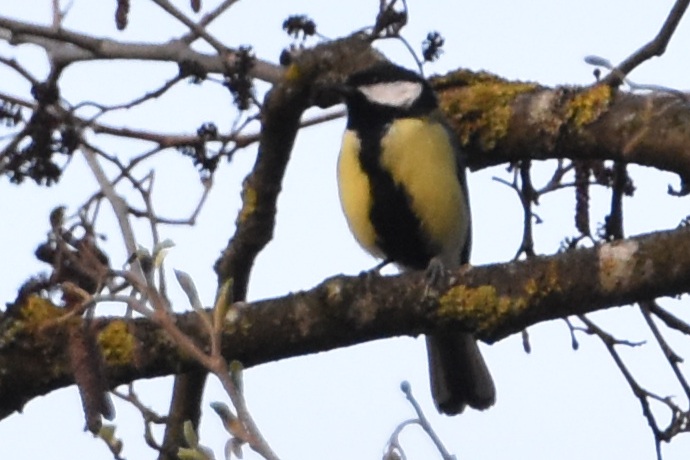 Kohlmeise ■■
Kohlmeise ■■ |
einfach rhythmisch fast low-high (1-7 KHz) .
Chuck-a-chuck-a-chuck, sometimes preceded by higher 'wheat!'
Call: |
♫
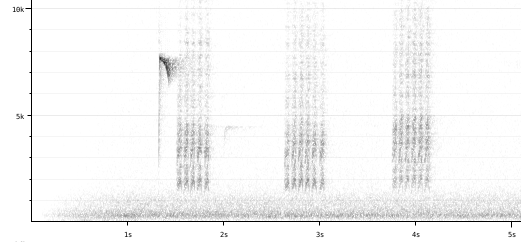
|
|
|
einfach rhythmisch slow high (3-9 KHz) .
Low-high-high, with lightly raspy start, rather high.
Call: | ♫ |
| einnotig | ||
| absteigend | ||
|
|
absteigend einnotig slow high (6-9 KHz) .
Falling note, relatively long, sometimes repeated - like the pee below without the choo?
Call: . [Link] |
♫
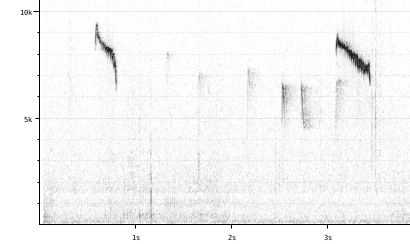
|
|
|
einnotig slow low-high (1-8 KHz) .
General: A chirping (that I couldn't associate in my mind with a woodpecker), repeated at somewhat irregular intervals of about a second 2023: klang in bird-song.ch Quiz wie eine lauter Haussperling Call: Nabu: Der häufigste Ruf ist ein kurzes und spitzes „kix“. Ist ein Buntspecht aufgebracht, etwa durch einen Artgenossen, kann man ein schnelles Schnarren hören. [Link] Call: |
♫
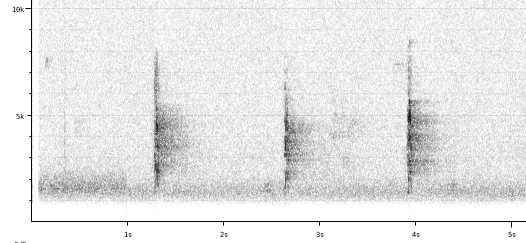
|
| einfach rhythmisch | ||
| Grünspecht ■■ |
einfach rhythmisch slow high (3-9 KHz) .
Unheimliches Lachen.
Call: |
♫
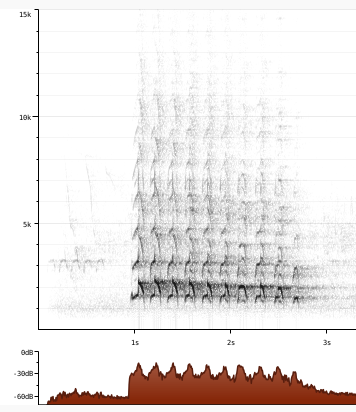
|
|
|
einfach rhythmisch fast high (3-9 KHz) .
Vogelwarte wie oben..hohe Rufreihen
Call: |
♫
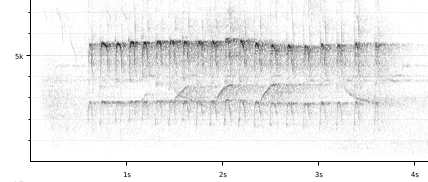
|
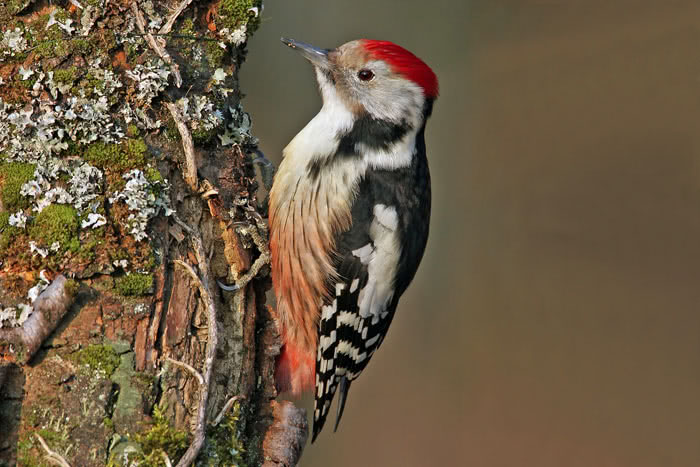 Mittelspecht ■■
Mittelspecht ■■ |
einfach rhythmisch slow medium (0-4 KHz) .
|
♫
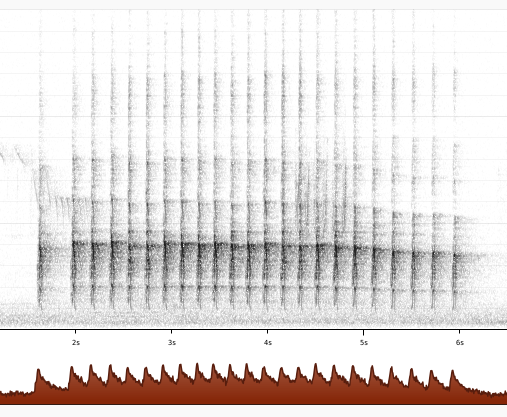
|
| einnotig | ||
 Schwarzspecht ■■
Schwarzspecht ■■ |
einnotig slow low-high (1-8 KHz) .
General: A loud unearthly call on a single unwavering note.
Call: Flight call a characteristic resonant trill "krrreekrrreekrrreekrrree". A characteristic short, sharp and plaintive "keeaaa" with descending pitch often uttered when excited. A few slower drawn-out introductory calls before the phrase gets going is diagnostic. [Link] |
♫
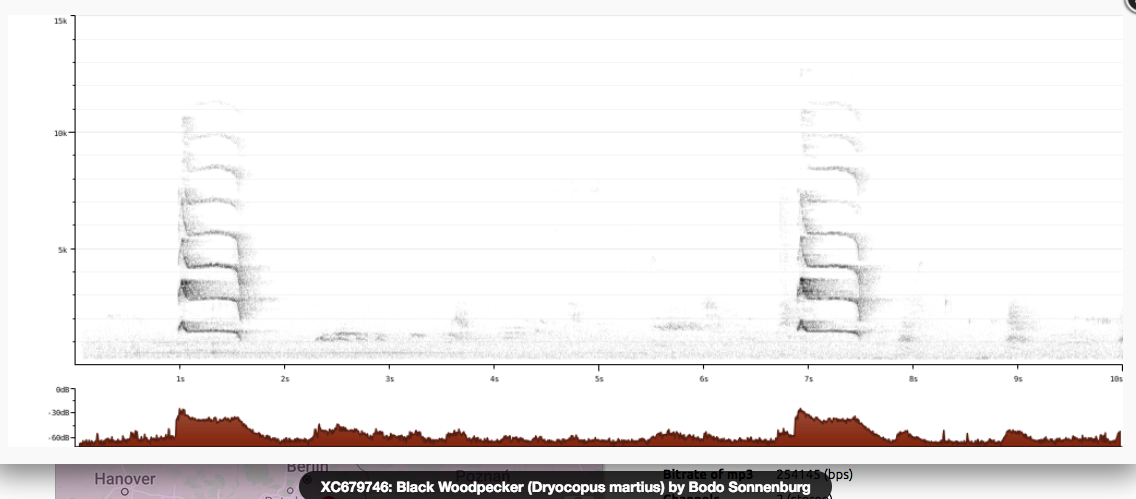
|
| absteigend | ||
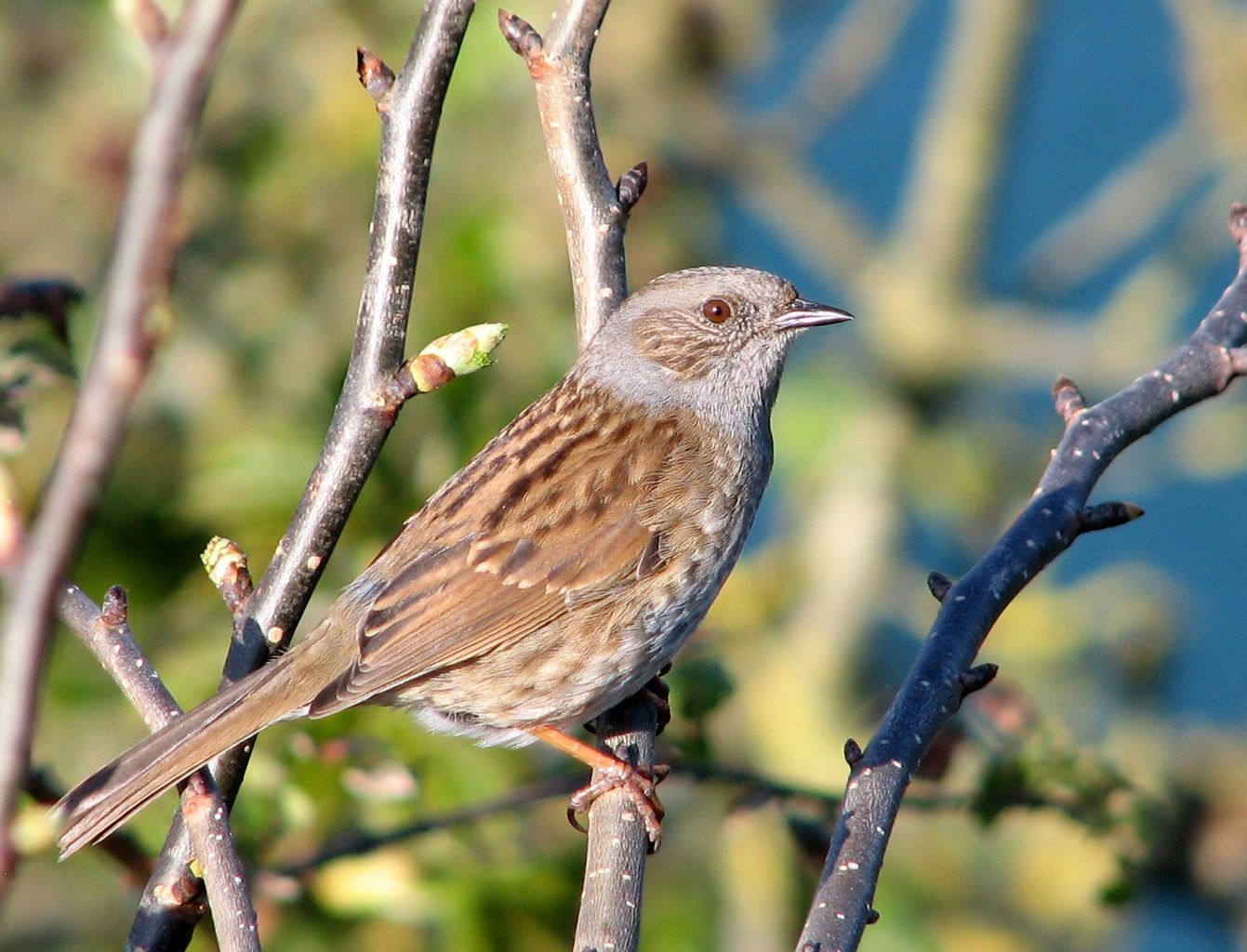 Heckenbraunelle ■■
Heckenbraunelle ■■ |
absteigend einnotig fast high (5-7 KHz) .
Swooping staccato call 0.5 seconds long heard near Lendikon. Repeated irregularly after 1-3.5 seconds.
Call: |
♫
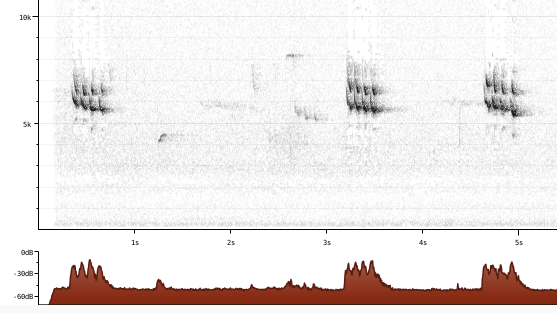
|
| stottern/kieseln | ||
|
|
stottern/kieseln einnotig slow high (4-9 KHz) .
Personal: A single note usually repeated twice. Somewhat sputtery. BirdID refers to 'a thin, electric "tick". In one source said to be used as alarm call. Call: | ♫ |
|
|
einnotig slow high (7-10 KHz) .
- KontaktrufOne or two high chirps followed by long pause of 1-2 seconds
Call: | ♫ |
| nicht musikalisch | ||
| rasseln | ||
|
|
rasseln nicht musikalisch fast low-high (2-9 KHz) .
General: I mistook this one for a woodpecker the first time I heard it,
partly because BirdNet also did!
Rattle generated in vocal tract, not with the beak!
Call: | |
| einnotig | ||
| aufsteigend | ||
|
|
aufsteigend einnotig slow medium (2-4 KHz) .
Repeated rising note, not too loud
Call: |
♫

|
| einfach rhythmisch | ||
| aufsteigend | ||
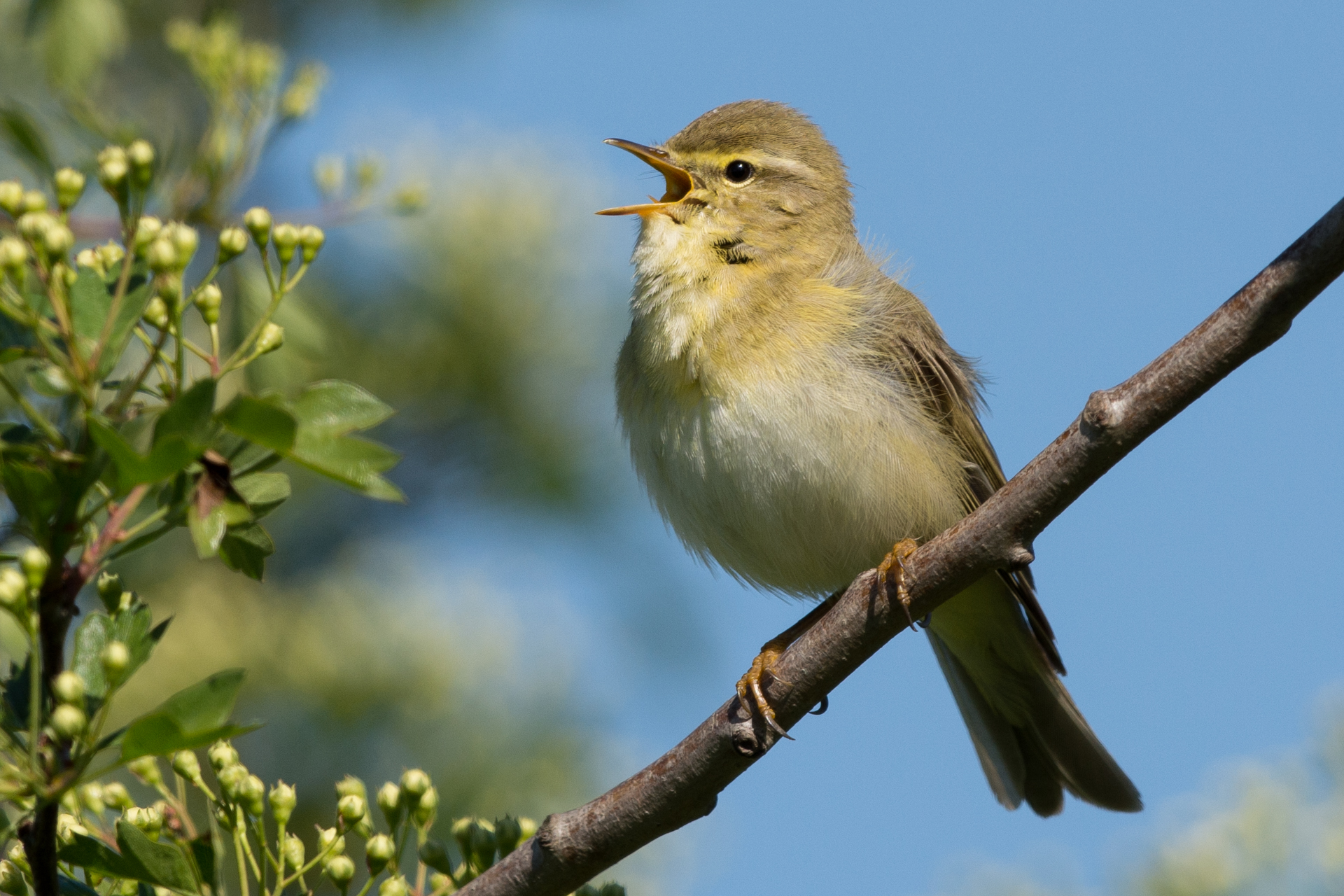 Fitis ■■
Fitis ■■ |
aufsteigend einfach rhythmisch slow medium (2-4 KHz) .
- KontaktrufWhoop very similar to chiffchaff, etc. but starts at an even level, then ascends.
Call: |
♫

|
| einnotig | ||
| stottern/kieseln | ||
|
|
stottern/kieseln einnotig slow high (3-9 KHz) .
General: Sputtery/stoney, but may have other calls too. Call: |
♫
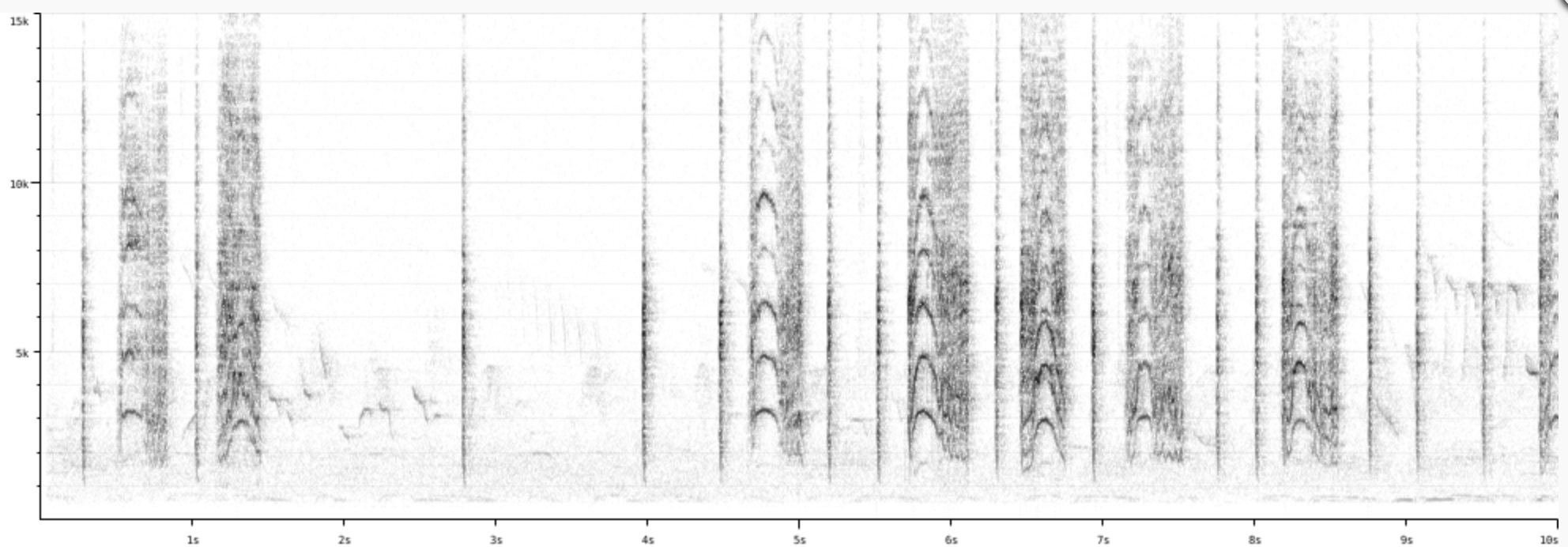
|
|
|
stottern/kieseln einnotig slow high (3-8 KHz) .
Sputtery/drippy/trilly repeated notes at 3-8 KHz. June 2022 heard check calls that were distinctly irregularly in their rhythm.
Call: | ♫ |
|
|
einnotig fast low (2-3 KHz) .
Schnelle Sequenz - ist es der oben erwaehnte 'twit'?
Call: Other: It gives loud calls when excited, an abrupt ‘twit”, only one, or in slow series, but often in phrases of 3-4 notes in rapid succession. But in great excitement, it utters phrases of about ten notes per second!
We can also hear some shrill “sirrrr”, becoming harsher in alarm call. The contact call is a thin “tsit” uttered before to take off.
[Link] Other: Very varied voice. Ranging from very high pitched whistles and melodic resonant calls, to chattering and nasal mocking sounds. Characteristic warning call a hard "check" or "chwit", often in rapid series, like a pebble bouncing on hollow ice. [Link] |
♫
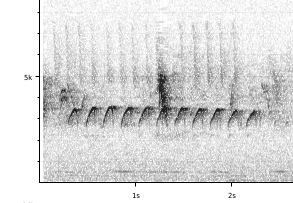
|
|
|
einnotig slow high (5-7 KHz) .
General: See the sonogram how the song may descend rapidly from 7Khz to and then climb from 5 to 5.75 KHz, a kind of reversed checkmark. However I find it hard to distinguish from a single note. I'm not a bird ;-( Call: |
♫
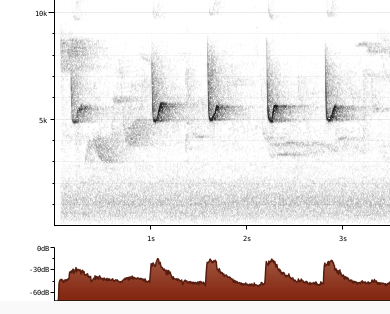
|
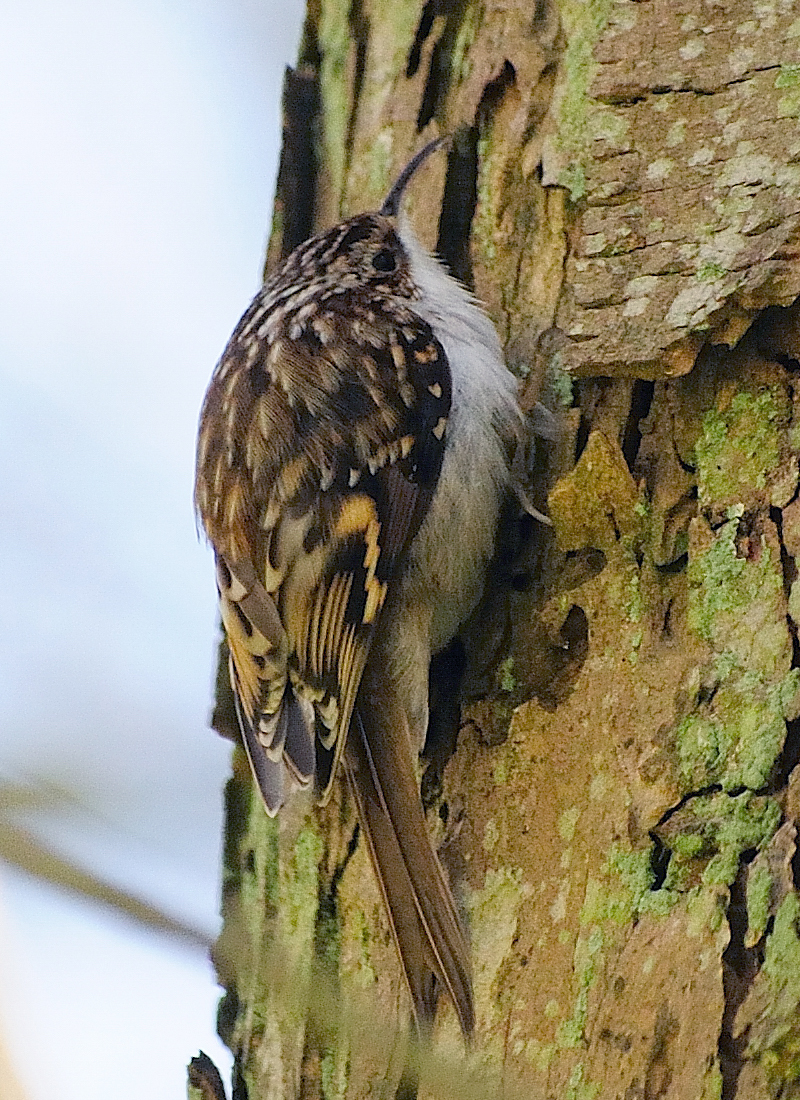 Waldbaumläufer ■■
Waldbaumläufer ■■ |
einnotig slow high (7-9 KHz) .
General: Wikipedia sagt: Sein Ruf klingt in etwa wie "siih" oder "tih". Fairly regularly spaced single tseep at 7-9KHz. Call: |
♫
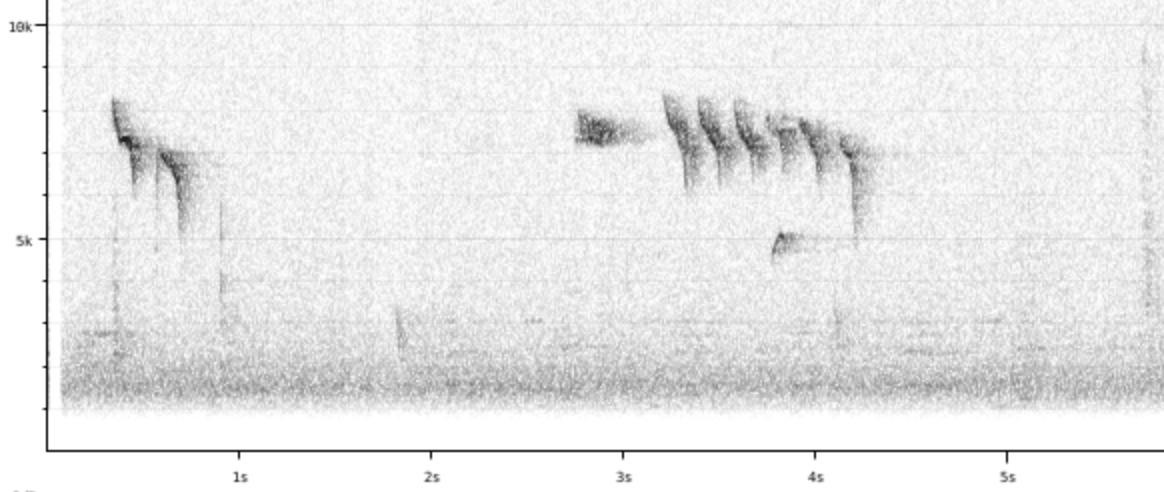
|
| Raspel | ||
|
|
Raspel einnotig slow medium (1-5 KHz) .
Typically harsh jay call. I would say a contact call usually means 'Here I am', answered by 'Good, here I am.' Listening to two jays in the Swiss mountains of Toggenburg, it sounded like 'HEY IDIOT, HERE I AM...WHERE THE HECK ARE YOU?' 'WHAT? YOU HAVEN'T FIGURE IT OUT? OF COURSE I'M OVER HERE. PEABRAIN.' On the other hand, anthropomorphism is always dangerous, usually completely wrong approach.
Call: | ♫ |
| einfach rhythmisch | ||
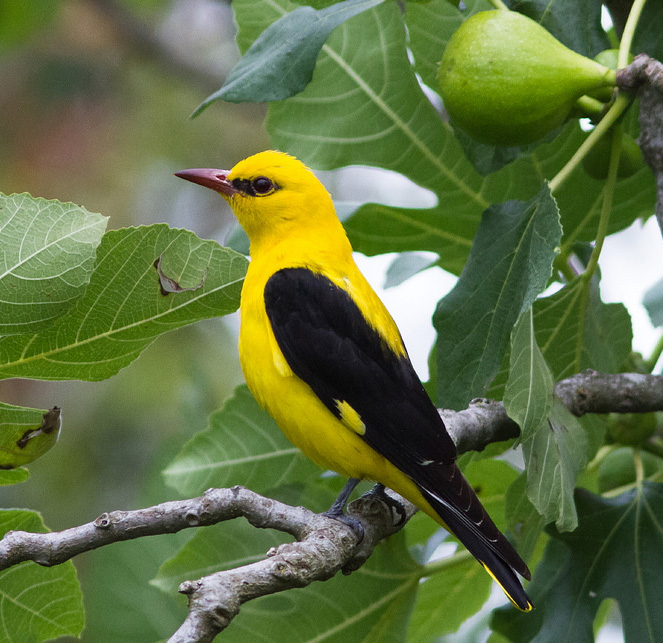 Pirol ■■
Pirol ■■ |
einfach rhythmisch slow medium (1-5 KHz) .
3 somewhat harsh ascending notes, more melodic than a Eurasian jay call
Call: |
♫

|
| einnotig | ||
 Kernbeisser ■■
Kernbeisser ■■ |
einnotig fast high (4-8 KHz) .
Found no references to song
Call: |
♫

|
|
|
einnotig slow low (2-3 KHz) .
- Kontaktruflaconic 1 note call w slight dip? Song NABU 1 parakeet like puppy-dog whining, NABU 2 whistles, 2-syllable peek-a-boo, ...
Call: |
♫

|
Uebung
♫ Lösung
Zilpzalp
♫
Lösung
Zilpzalp
♫
 Lösung
Gimpel
♫
Lösung
Gimpel
♫
 Lösung
Heckenbraunelle
♫
Lösung
Heckenbraunelle
♫
 Lösung
Mönchsgrasmücke XC546030 black cap warbler so-called tac and djii call.
♫
Lösung
Mönchsgrasmücke XC546030 black cap warbler so-called tac and djii call.
♫
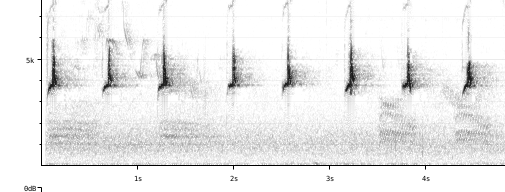 Lösung
Buchfink Rain call from XenoCanto Recorded by Paul Driver in Mundford, Norfolk, UK
♫
Lösung
Singdrossel XC570136 song thrush alarm call.
♫
Lösung
Buchfink Rain call from XenoCanto Recorded by Paul Driver in Mundford, Norfolk, UK
♫
Lösung
Singdrossel XC570136 song thrush alarm call.
♫
 Lösung
Fitis Call recorded in UK, sounds typical to me, and spiced up by a yellowhammer in the background and several other birds
♫
Lösung
Fitis Call recorded in UK, sounds typical to me, and spiced up by a yellowhammer in the background and several other birds
♫
 Lösung
Grünspecht
♫
Lösung
Grünspecht
♫
 Lösung
Buntspecht Great spotted woodpecker call
♫
Lösung
Buntspecht Great spotted woodpecker call
♫
 Lösung
Dreizehenspecht
♫
Lösung
Dreizehenspecht
♫
 Lösung
Schwarzspecht Erschrenkender Ruf Source as noted in xeno-canto: Recordist Bodo Sonnenburg
2021-10-11 07:26
Latitude 52.2333
Longitude 13.8365
Location Oder-Spree (near Storkow (Mark)), Brandenburg
Country Germany
Elevation 40 m
♫
Lösung
Schwarzspecht Erschrenkender Ruf Source as noted in xeno-canto: Recordist Bodo Sonnenburg
2021-10-11 07:26
Latitude 52.2333
Longitude 13.8365
Location Oder-Spree (near Storkow (Mark)), Brandenburg
Country Germany
Elevation 40 m
♫
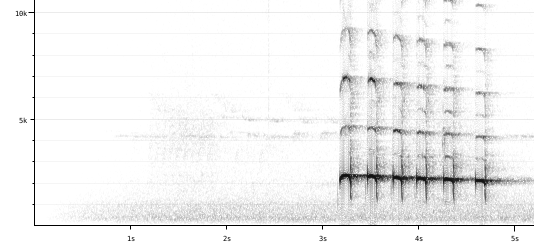 Lösung
Grauspecht
♫
Lösung
Grauspecht
♫
 Lösung
Pirol
♫
Lösung
Zaunkönig XC195946 Eurasian wren call.
♫
Lösung
Rotkehlchen I heard 3 or 4 scattered birds calling it in woods with underbrush but saw no birds. BirdNet told me they were robins, which I found hard to believe, but on comparing it with recordings at XenoCanto, I was convinced! Maybe they were telling each other "Don't show yourself to that alarming guy!".
♫
Lösung
Pirol
♫
Lösung
Zaunkönig XC195946 Eurasian wren call.
♫
Lösung
Rotkehlchen I heard 3 or 4 scattered birds calling it in woods with underbrush but saw no birds. BirdNet told me they were robins, which I found hard to believe, but on comparing it with recordings at XenoCanto, I was convinced! Maybe they were telling each other "Don't show yourself to that alarming guy!".
♫
 Lösung
Schwanzmeise Flight call from XenoCanto
♫
Lösung
Schwanzmeise Flight call from XenoCanto
♫
 Lösung
Sumpfmeise Call from Xeno-Canto
♫
Lösung
Sumpfmeise Call from Xeno-Canto
♫
 Lösung
Kleiber Long fast sequence of identical whoops, possibly 'twit' call.
♫
Lösung
Kleiber Long fast sequence of identical whoops, possibly 'twit' call.
♫
 Lösung
Waldbaumläufer XC206282 Eurasian treecreeper call.
♫
Lösung
Eichelhäher XC536051 Eurasian Jay harsh call 20s.
♫
Lösung
Waldbaumläufer XC206282 Eurasian treecreeper call.
♫
Lösung
Eichelhäher XC536051 Eurasian Jay harsh call 20s.
♫
 Lösung
Kohlmeise Call from Xeno-Canto Illustrates higher 'wheat' before the 'chuck-a-chuck'
♫
Lösung
Blaumeise XC581312 blaumeise begging call.
♫
Lösung
Kohlmeise Call from Xeno-Canto Illustrates higher 'wheat' before the 'chuck-a-chuck'
♫
Lösung
Blaumeise XC581312 blaumeise begging call.
♫
 Lösung
Kleinspecht
♫
Lösung
Kleinspecht
♫
 Lösung
Mittelspecht
♫
Lösung
Mittelspecht
♫
 Lösung
Gartenbaumläufer A recording from Jorge Leitão in the Netherlands that I assume is the tyt tyt call.
♫
Lösung
Gartenbaumläufer A recording from Jorge Leitão in the Netherlands that I assume is the tyt tyt call.
♫
 Lösung
Kernbeisser
Lösung
Kernbeisser
Vögel ohne ausreichende Informationen zum Gesang
| Bird | Description | Audio |
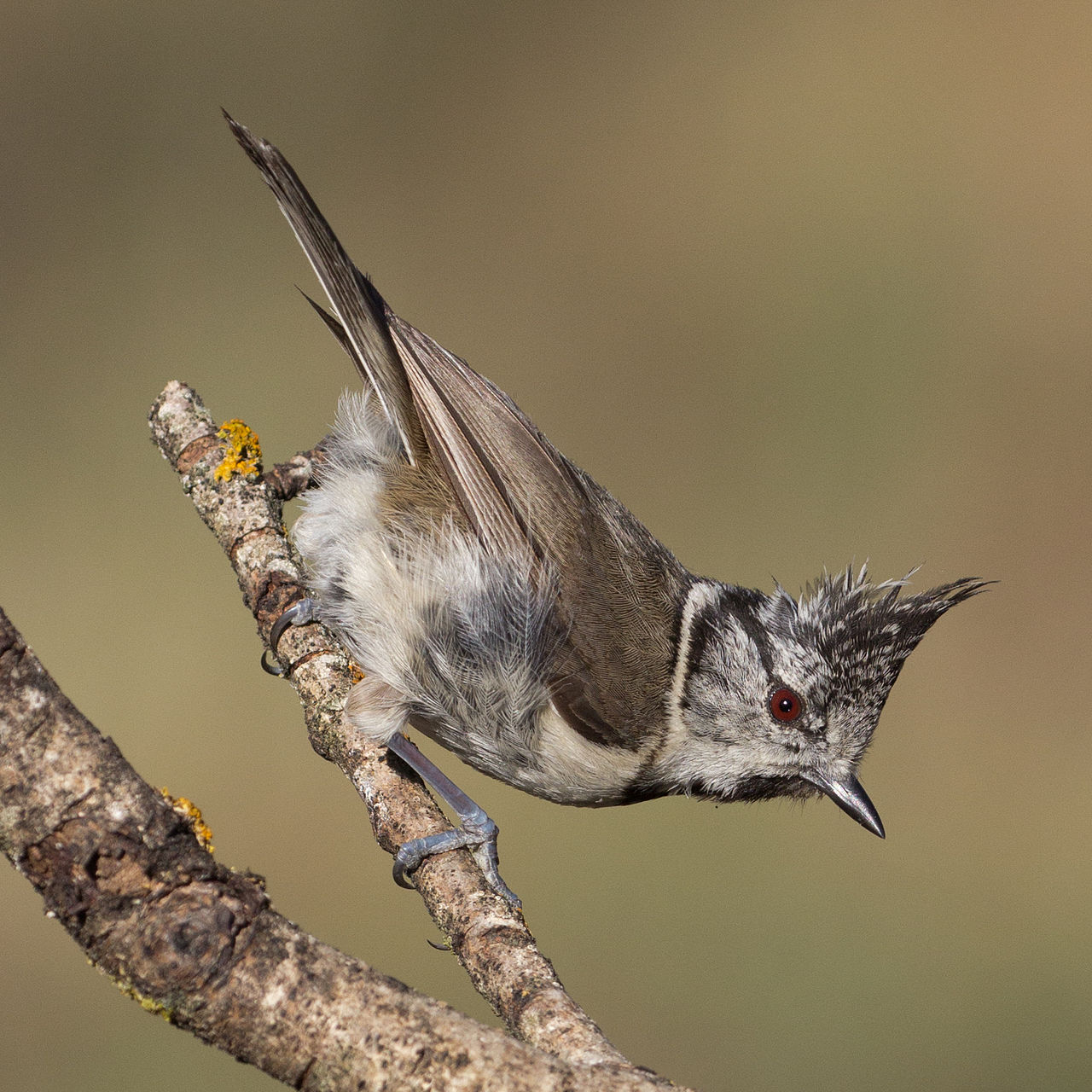 Haubenmeise ■■
Haubenmeise ■■ |
Call: | |
| Bergmeise | ||
| einfach rhythmisch | ||
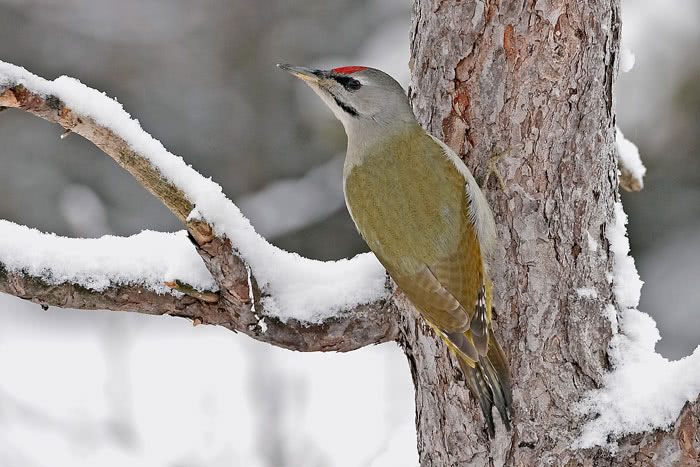 Grauspecht ■■
Grauspecht ■■ | einfach rhythmisch slow high (3-9 KHz) . In the FOK course, Christina said he sounds like he's running out of gas, which is a great description. |
♫

|
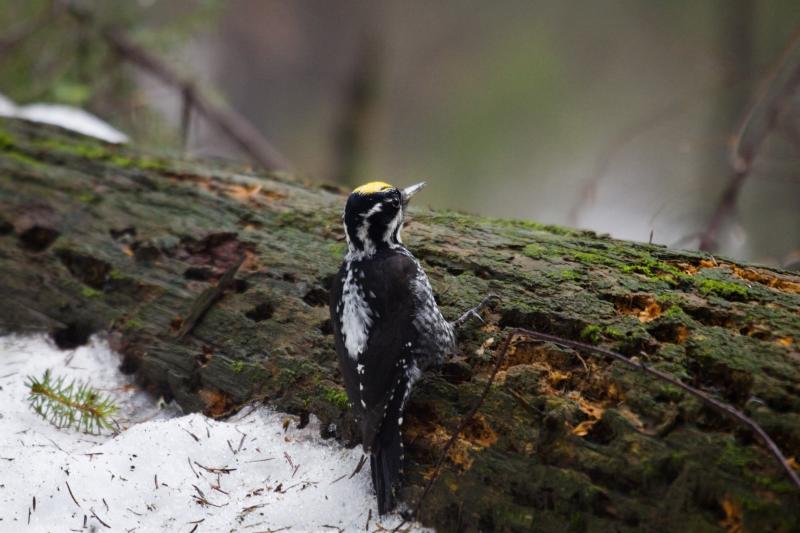 Dreizehenspecht ■■
Dreizehenspecht ■■ |
einfach rhythmisch slow low (1-3 KHz) .
- TrommelnBehavior: |
♫

|
|
|
Call: | |
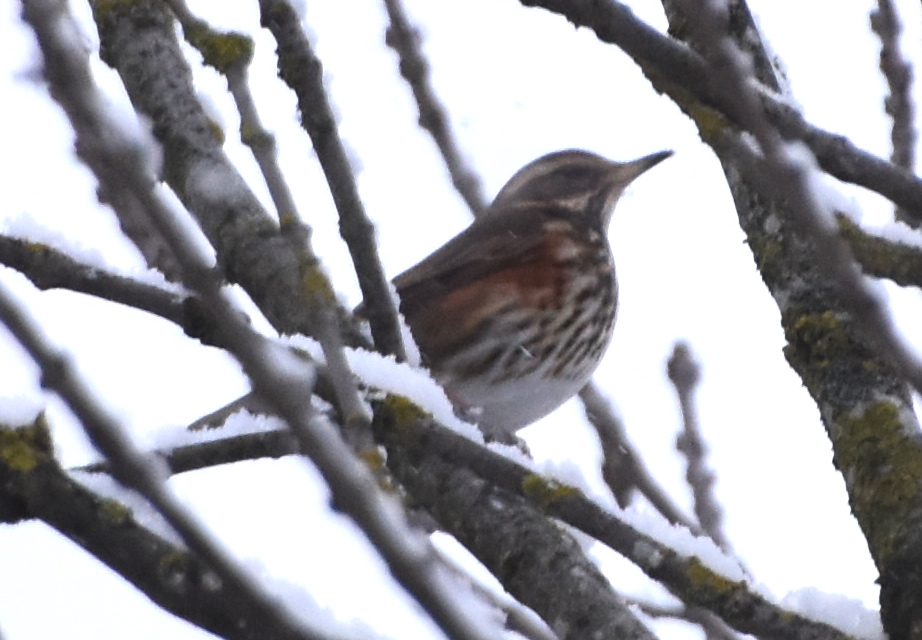 Rotdrossel ■■
Rotdrossel ■■ |
Call: | |
|
|
Call: | |
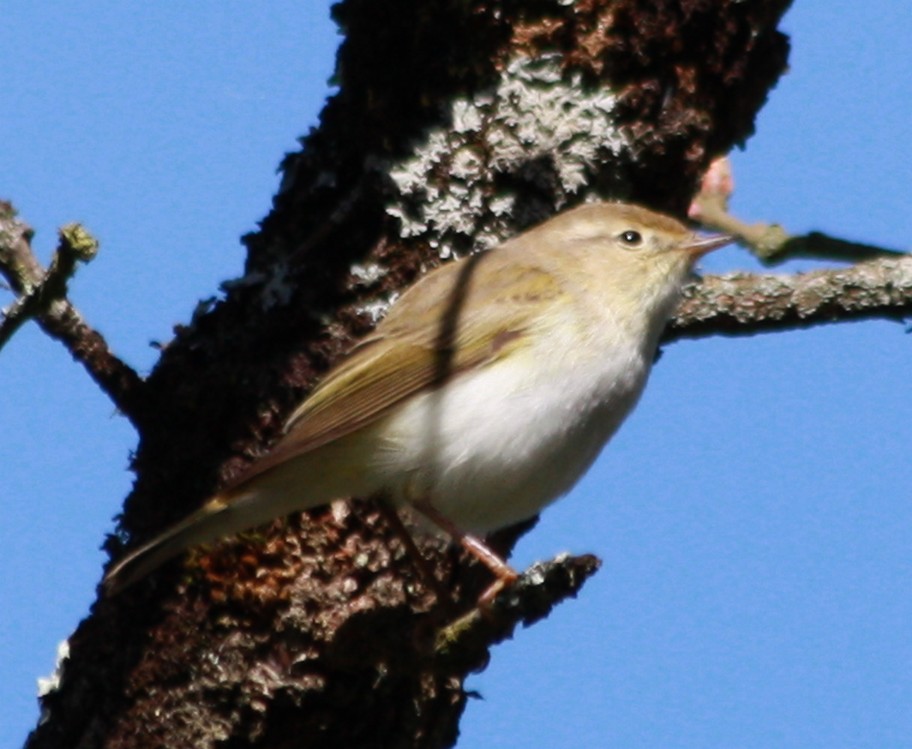 Berglaubsänger ■■
Berglaubsänger ■■ | ||
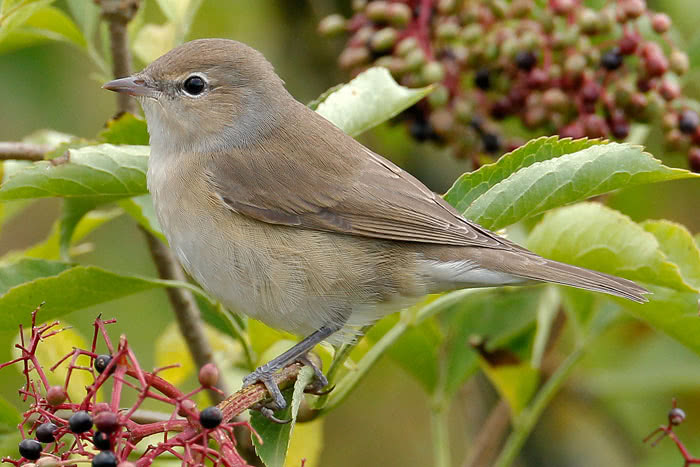 Gartengrasmücke ■■
Gartengrasmücke ■■ |
Call: | |
|
|
Call: | |
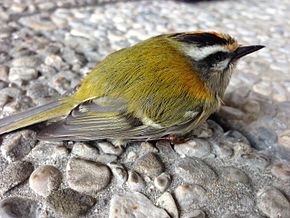 Sommergoldhähnchen ■■
Sommergoldhähnchen ■■ |
Call: | |
|
|
Call: | |
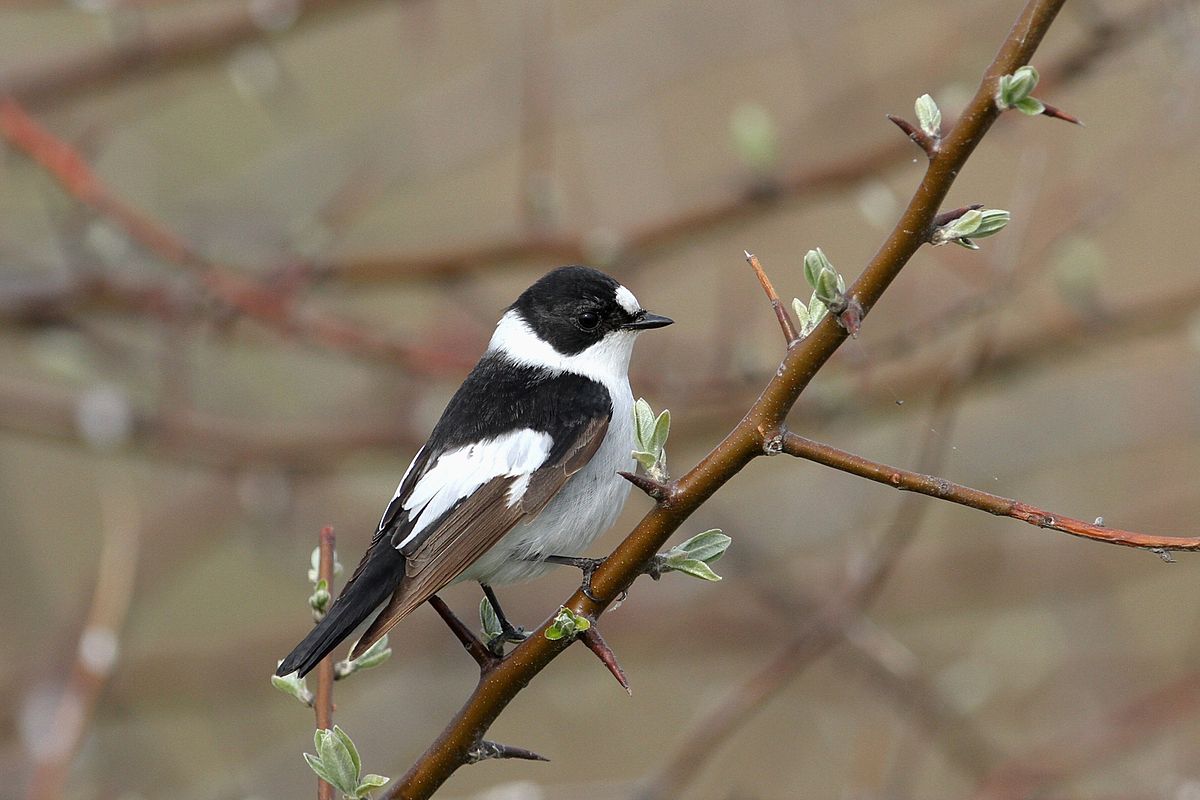 Halsbandschnäpper ■❑
Halsbandschnäpper ■❑ | ||
|
|
einfach rhythmisch slow high (3-9 KHz) .
- Flugruf |
♫

|
| einnotig | ||
| aufsteigend | ||
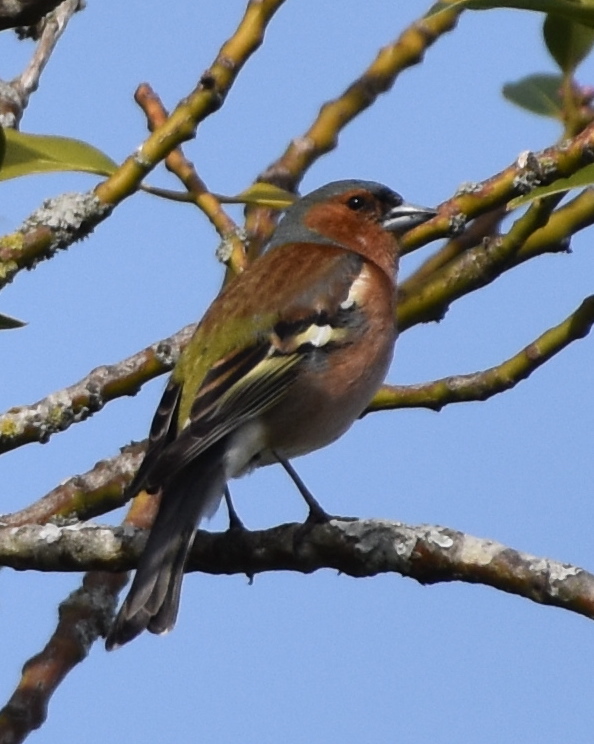 Buchfink ■■
Buchfink ■■ |
aufsteigend einnotig slow medium (3-5 KHz) .
- RegenrufGeneral: Repeated ascending note, faster than the long starling whoops, but compare with the black redstart.
There are many different calls, the Marler book describes the 'chink' call as functioning as a mobbing and separation call.
At XenoCanto I find calls described as "ping", "pik" (same thing?), "pchew", "duit", "huit", "ti-huit". Call: |
♫

|
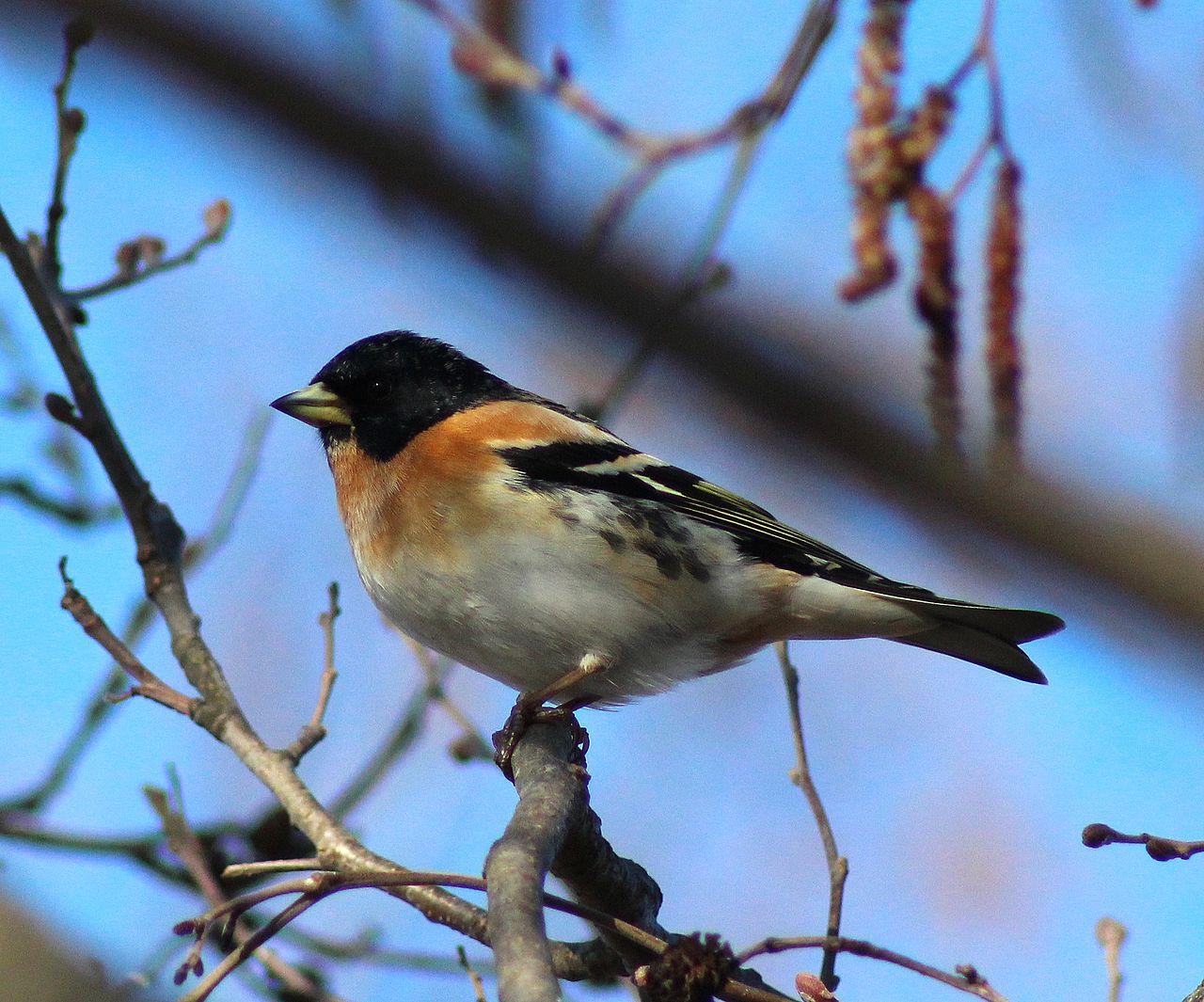 Bergfink ■■
Bergfink ■■ |
Call: | |
 Fichtenkreuzschnabel ■■
Fichtenkreuzschnabel ■■ |
Call: |